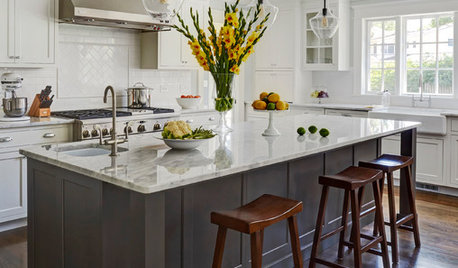Gritty mixes, 511 and SWCs oh my! Newbie confusion
rayona
13 years ago
Related Stories

KITCHEN COUNTERTOPSWhat’s the Difference Between Quartzite and Quartz Countertops?
Weigh the pros and cons of these popular kitchen countertop materials
Full Story
MOST POPULARHow to Work With an Interior Designer
Interior designers do much more than make a home pretty — they turn it into a harmonious haven that's uniquely yours
Full Story
WORKING WITH PROSHow to Hire the Right Architect
Your perfect match is out there. Here’s how to find good candidates — and what to ask at that first interview
Full Story






tapla (mid-Michigan, USDA z5b-6a)
rayonaOriginal Author
Related Professionals
Eden Prairie Landscape Architects & Landscape Designers · Hyattsville Landscape Architects & Landscape Designers · Apollo Beach Landscape Contractors · Chattanooga Landscape Contractors · Mahwah Landscape Contractors · Ramsey Landscape Contractors · Setauket-East Setauket Landscape Contractors · Shaker Heights Landscape Contractors · Vacaville Landscape Contractors · Irvington Solar Energy Systems · Atlanta Window Contractors · Payson Window Contractors · Annapolis Fence Contractors · Irvine Fence Contractors · Lexington Fence Contractorstapla (mid-Michigan, USDA z5b-6a)
rayonaOriginal Author
tapla (mid-Michigan, USDA z5b-6a)
jodik_gw
meyermike_1micha
rayonaOriginal Author
tapla (mid-Michigan, USDA z5b-6a)
jodik_gw
redshirtcat
rayonaOriginal Author
lathyrus_odoratus